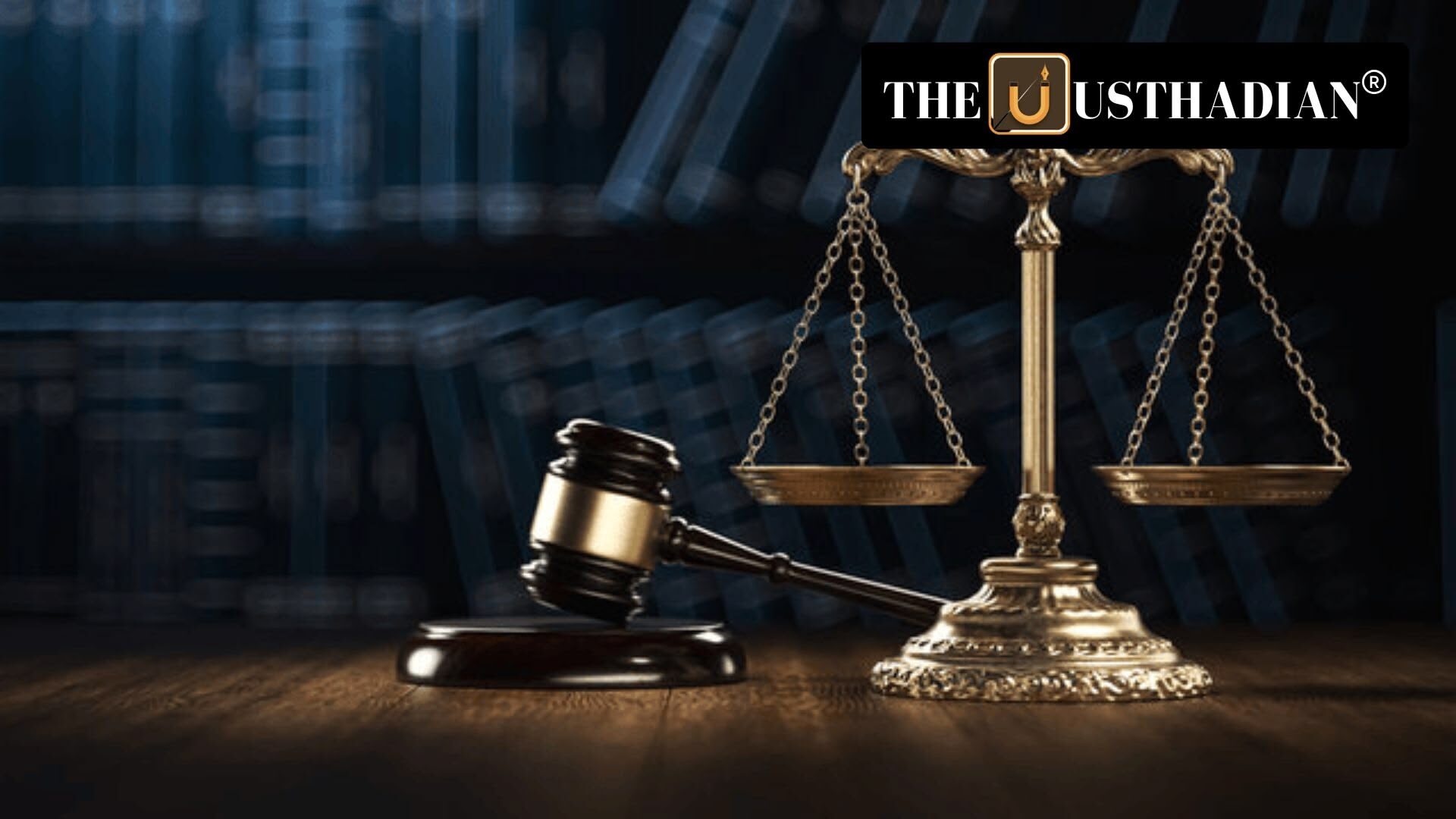Supreme Court Steps In to Protect Judicial Protocol
The Supreme Court of India has recently stayed an order issued by the Lokpal of India regarding a corruption complaint filed against a sitting High Court judge. The Lokpal, led by former Supreme Court judge A.M. Khanwilkar, claimed it had jurisdiction to examine the matter under the Lokpal and Lokayuktas Act, 2013. However, the apex court’s immediate intervention has reignited debates around judicial independence and the boundaries of executive oversight over judges.
The Case That Sparked Concern
The case involved two complaints against an unnamed High Court judge, alleging misconduct in cases linked to a private company that was previously the judge’s client. Instead of assessing the merits, the Lokpal focused solely on its jurisdiction to proceed. It refrained from making a decision and instead forwarded the complaint to the Chief Justice of India (CJI) for consideration. The Supreme Court responded swiftly, staying the Lokpal’s order and highlighting concerns over maintaining the independence of the judiciary.
Why Judicial Protections Exist
Judges are protected under Section 77 of the Indian Penal Code, 1860, which shields them from legal proceedings for actions taken during their official duties. This safeguard has been retained in the Bharatiya Nyaya Sanhita, 2023. Additionally, in the landmark K. Veeraswami v. Union of India case, the Supreme Court ruled that presidential sanction is required before initiating any criminal investigation against sitting judges, ensuring checks and balances in the legal process.
What the Law Says About Lokpal’s Reach
The Lokpal and Lokayuktas Act, 2013 was created to probe corruption cases against high-ranking public officials, including the Prime Minister, ministers, and MPs. While the law extensively defines “public servant,” judges are not explicitly mentioned. Although the Lokpal has previously ruled that Supreme Court judges are outside its scope, this case marks the first time it claimed possible jurisdiction over a High Court judge.
The Bigger Picture: Accountability vs Independence
This case raises essential questions about where to draw the line between accountability and autonomy. Should anti-corruption bodies have oversight over members of the judiciary? Or should internal judicial mechanisms, under the supervision of the Chief Justice, handle such complaints to avoid executive interference? The decision has triggered legal and public discourse on ensuring transparency without compromising the impartiality of the courts.
STATIC GK SNAPSHOT
| Topic | Details |
| Lokpal Act Enacted | 2013 |
| Chairperson of Lokpal | Justice (Retd.) A.M. Khanwilkar |
| Supreme Court Judgment | K. Veeraswami vs Union of India (1991) |
| IPC Protection for Judges | Section 77, retained in Bharatiya Nyaya Sanhita, 2023 |
| Lokpal Selection Committee | PM, Lok Sabha Speaker, LoP, CJI/nominee, eminent jurist |
| Can Lokpal try judges? | Not Supreme Court judges; High Court under debate |
| Complaint Protocol | Lokpal may refer judicial complaints to CJI |
| Lokpal Limitations | Cannot act suo moto; No anonymous complaints allowed |








